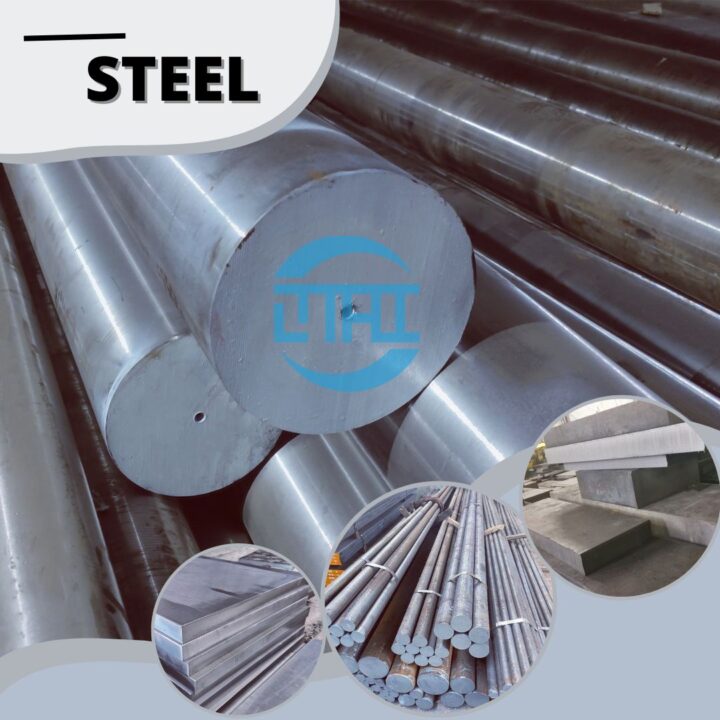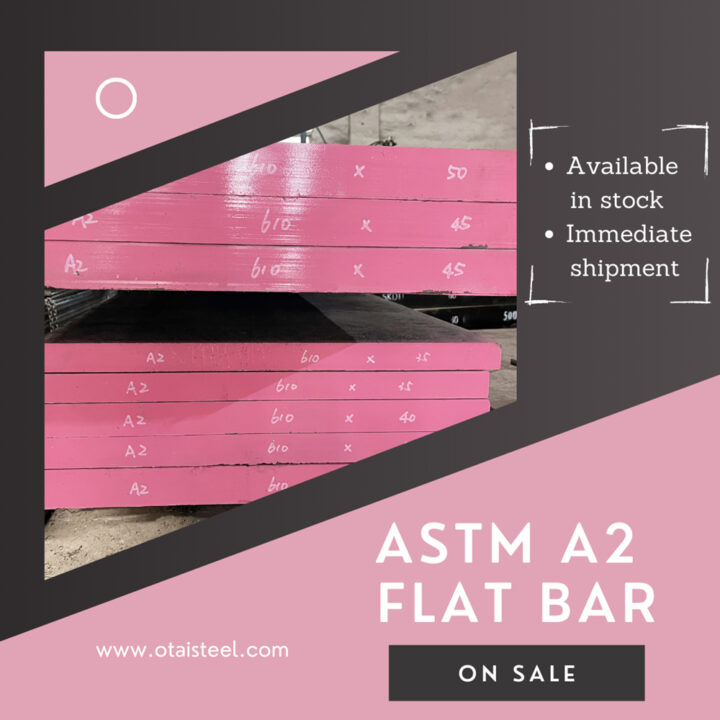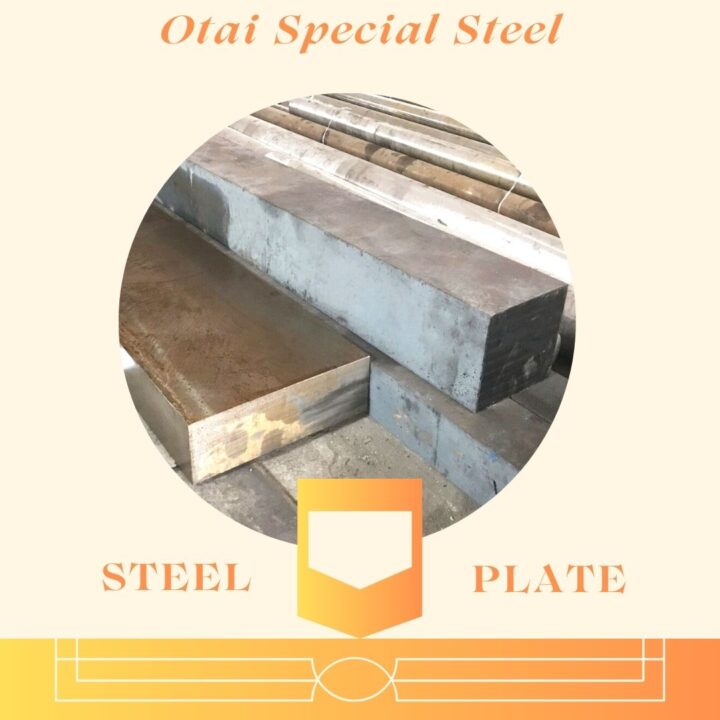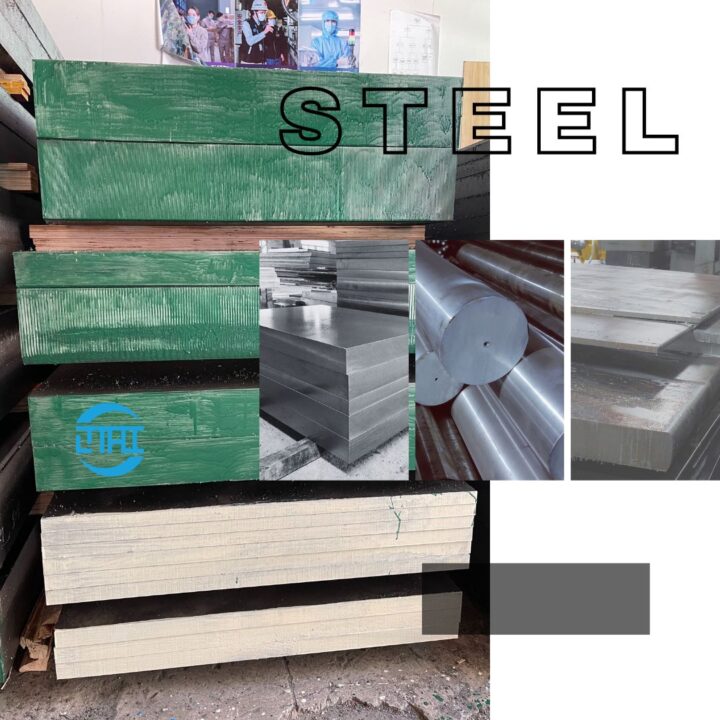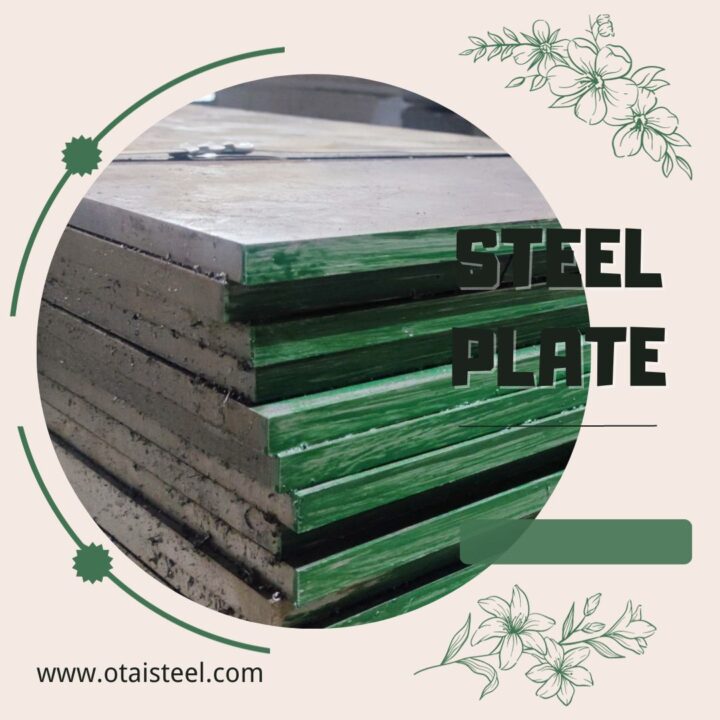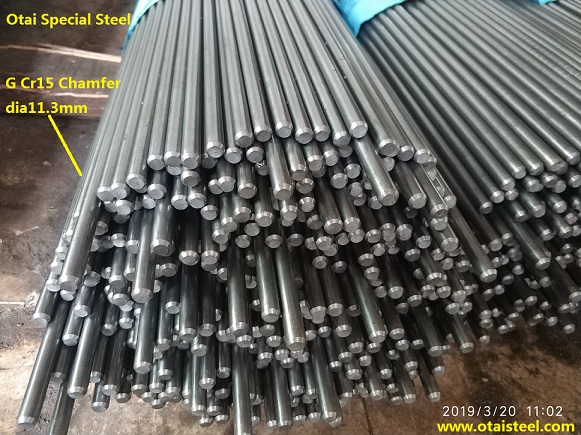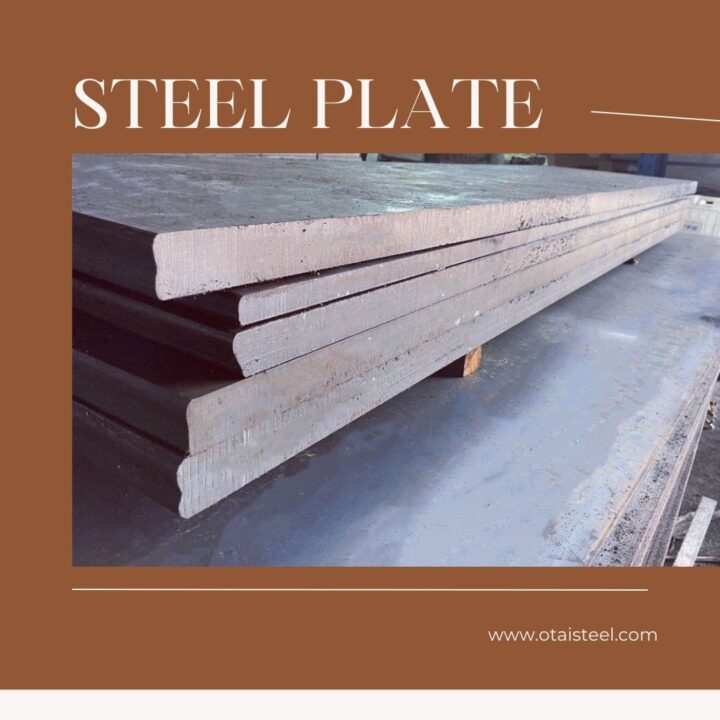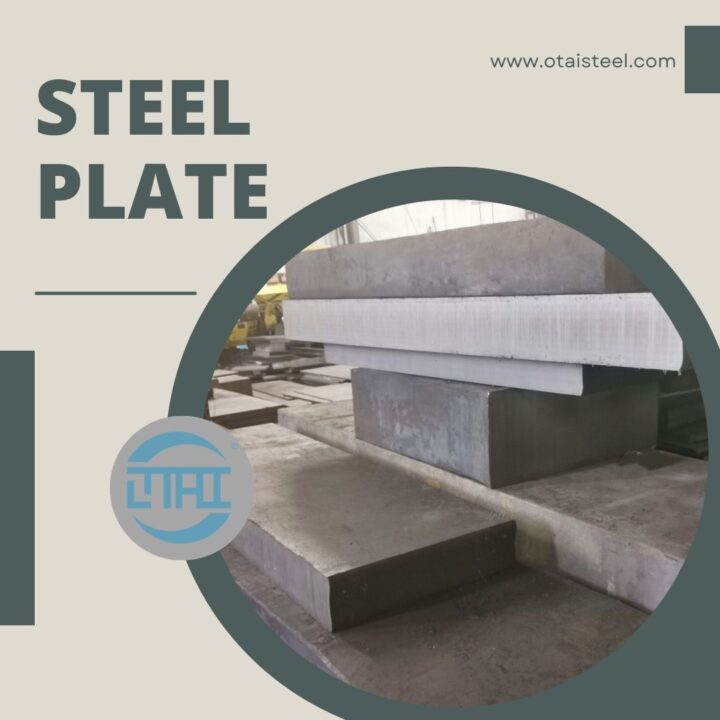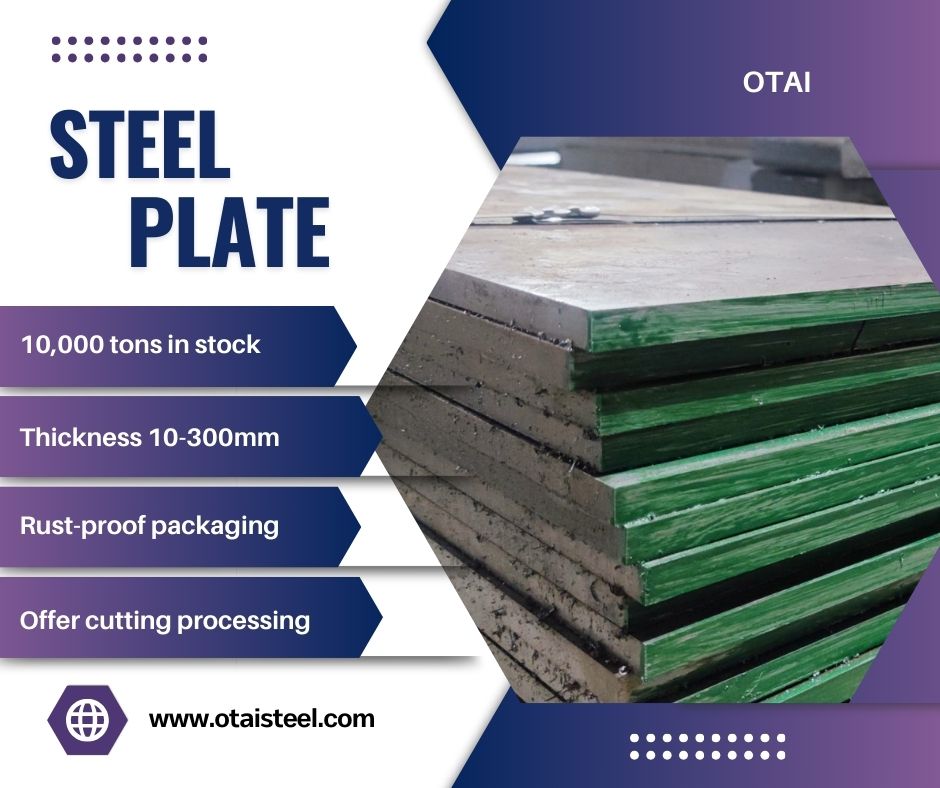 aisi a2 material equivalent: Exploring the Options
aisi a2 material equivalent: Exploring the Options
Introduction
Within the realm of industrial materials, AISI A2 stands out prominently due to its exceptional strength and versatility. Widely utilized across sectors ranging from automotive to aerospace, AISI A2 has earned a distinguished reputation. However, ongoing exploration for material alternatives is driven by considerations such as cost-effectiveness, availability, and specific project needs. This article explores AISI A2 material equivalents comprehensively, offering insights into their properties and diverse industrial applications.
AISI A2 Material Overview
AISI A2 is a high-carbon, high-chromium tool steel recognized for its outstanding wear resistance and hardness. It is particularly favored in applications demanding durability and precision, such as in the production of cutting tools and dies. The material’s significant chromium content also contributes to its corrosion resistance, making it suitable for use in harsh environments.
Material Properties of AISI A2
AISI A2’s chemical composition typically includes around 1.0% carbon and 5.0% chromium, alongside smaller proportions of manganese and silicon. These elements collectively enhance its hardness, wear resistance, and edge retention capabilities. Following heat treatment, AISI A2 can achieve a Rockwell hardness of up to 65 HRC, underscoring its status as one of the hardest tool steels available.
Equivalent Materials to AISI A2
When exploring alternatives to AISI A2, it is crucial to identify materials capable of delivering comparable properties. Some notable equivalents include:
- D2 Steel:
Recognized for its high carbon and chromium content, D2 steel often serves as a substitute for AISI A2. It offers similar hardness and wear resistance, albeit with potentially different machinability characteristics.
- S7 Tool Steel:
Another high-carbon, high-chromium steel that closely resembles AISI A2. S7 steel is preferred in applications requiring high toughness and resistance to deformation.
- W1 Tool Steel:
Featuring a lower carbon content compared to AISI A2, W1 steel offers improved machinability while maintaining good hardness and wear resistance.
Applications and Benefits
AISI A2 and its equivalents find extensive application across diverse industries. In automotive manufacturing, these materials are integral to producing engine components and transmission parts. Within aerospace, their use is critical for fabricating components requiring exceptional strength and resilience to extreme temperatures. Additionally, in the realm of cutting tools, their high hardness and wear resistance ensure prolonged tool life and precise machining capabilities.
Case Studies
Consideration of material substitutions provides practical insights into their efficacy. For instance, replacing AISI A2 with D2 steel in industrial cutting tools effectively balanced performance requirements with cost reduction objectives. Similarly, in aerospace applications, opting for S7 tool steel over AISI A2 underscored the necessity of selecting materials tailored to withstand rigorous operational conditions.
aisi a2 material equivalent: Exploring the Options
In conclusion, AISI A2 and its equivalents occupy pivotal roles within industrial contexts. Understanding their properties and applications is essential for engineers and manufacturers striving to optimize product performance. Whether driven by cost efficiency, performance enhancements, or specific project prerequisites, the selection of appropriate materials profoundly influences outcomes. As industries evolve, so too will the materials driving innovation and application, ensuring AISI A2 and its equivalents remain indispensable choices in the pursuit of excellence.
